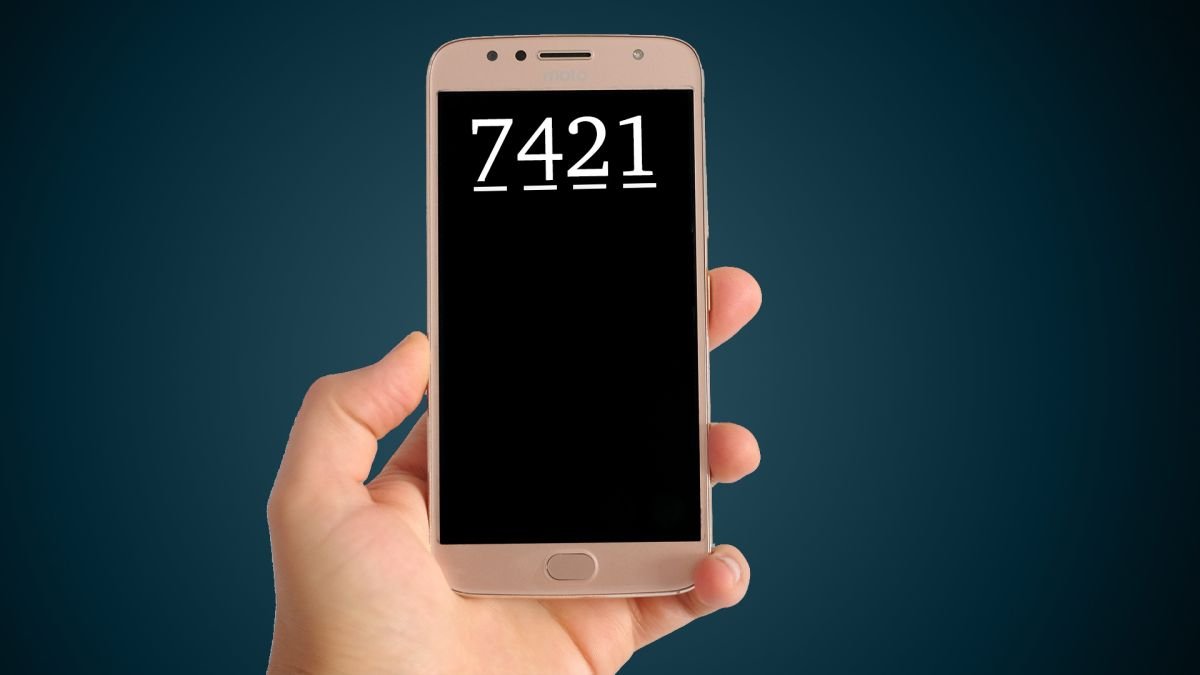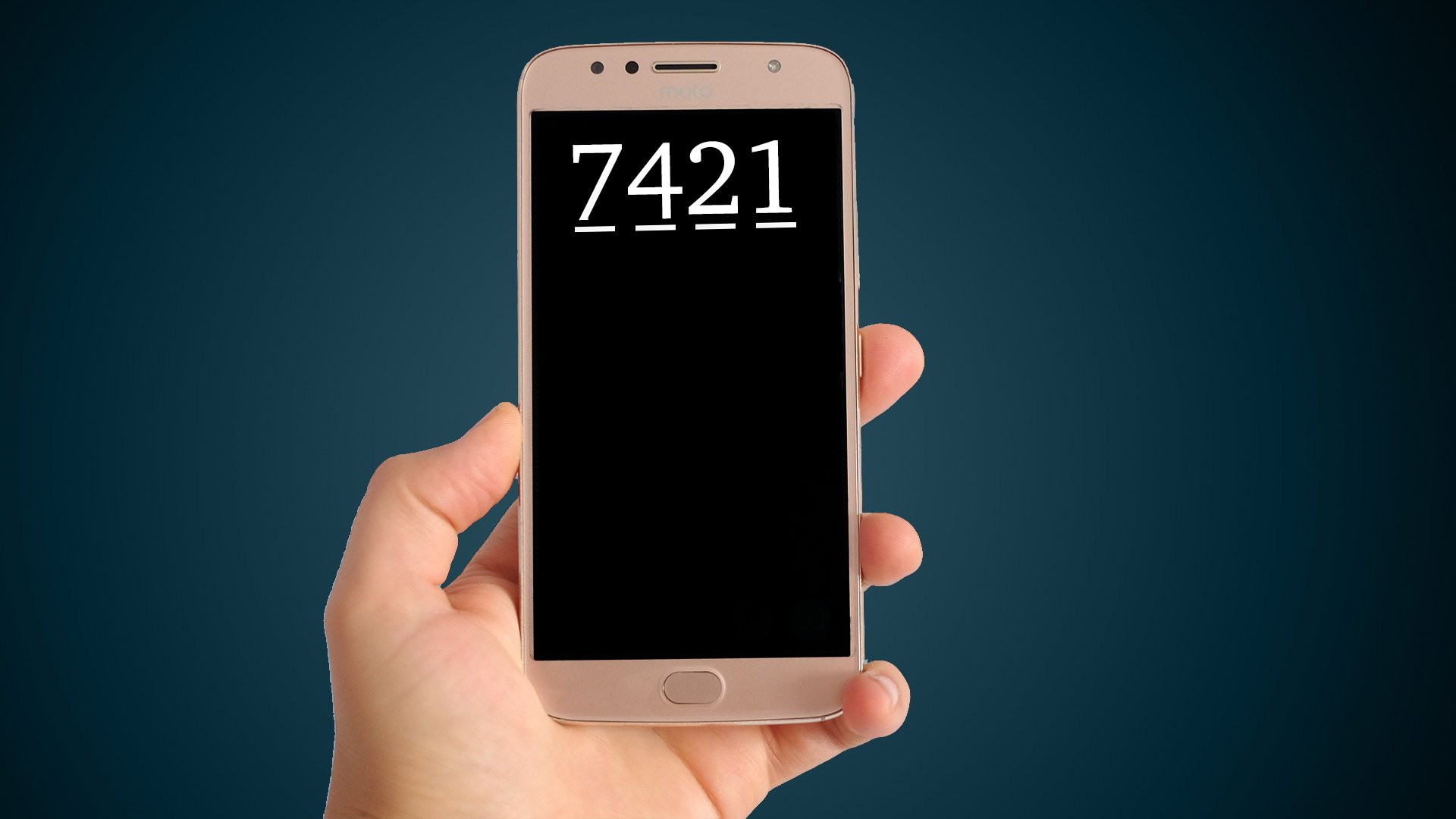

Two-factor authentication (2FA) is the best way to protect your accounts, whether it's email, an online shopping account, or your bank account. If you are dealing with personal information on the Internet, it is imperative that your information is not easily accessible. You can never be too careful when it comes to protecting your information. If you create any kind of account online, always go for 2FA. Hackers will stop at nothing to gain access to your private information, and if they succeed early on, 2FA may prevent them from going any further.
Gone are the days of usernames and passwords
A simple username and password were once a foolproof way to keep your information safe. Unfortunately, this is no longer the case. Hackers could easily carry out cybersecurity attacks by entering variant names and guessing passwords. As much as you type fancy symbols or weird spellings, hackers and humans alike have learned skills far beyond a simple exclamation point in the middle of a word. As such, it is important to have another barrier to entry.
PIN / one-time password (OTP)
In South Africa, one-time-use (OTP) pins sent via text message to the cell phone number linked to accounts is the most common form of 2FA. These are often used by social media platforms and for bank verification when shopping online. However, this is not the most secure form of 2FA. Hackers can trick the system and trick mobile operators into transferring the victim's cell phone number to their own number. This is called SIM swapping. A hacker will call a mobile operator posing as someone they are not to access their accounts. They will pretend to have lost their phone and ask for a new number and 2FA pins will be sent to that number and the cycle of cybersecurity attacks will unfold. Have you ever wondered why you have to give all your information and the kitchen sink to your mobile operator when you need to do something? This is to prevent SIM swapping scams.
Time-based one-time passwords (TOTP)
This form of 2FA is more secure than OTP because the code is generated on your phone, instead of being sent via text message. You will need to download an app like - Google Authenticator - Microsoft Authenticator - LastPassy - 1 Password - Yubico - Authy However, Android users should be very careful as it is an open source operating system. This makes it easier for hackers to install malware that can clone and send the codes to the hacker. Apple's iOS is a proprietary operating system, which makes successful hacking difficult.
biometric systems
Biometrics is the most sophisticated form of 2FA. Fingerprint scanners, retina or iris scanners, facial recognition, and voice recognition are all ways 2FA can use your information. Unfortunately, these can also be hacked. If someone manages to infiltrate the software that processes this information or the server where this data is stored, their accounts can be hacked.
personal safety issues
What city did you grow up in? What was the name of your first pet? What is your mother's maiden name? These are all forms of personal security issues that are another form of 2FA. With the world putting your information online, whether through social media platforms like Facebook and Instagram, it can be a tedious task, but hackers can find this information.
Always opt for 2FA
2FA is the best way to ensure an extra layer of security for your personal information. Be careful about the information you make public on your social media accounts, always be overly cautious when it comes to questionable emails or websites. Change your passwords regularly and keep this information in a safe place. Hacking can be prevented as long as you are excessively protected and careful when it comes to entering personal information.

